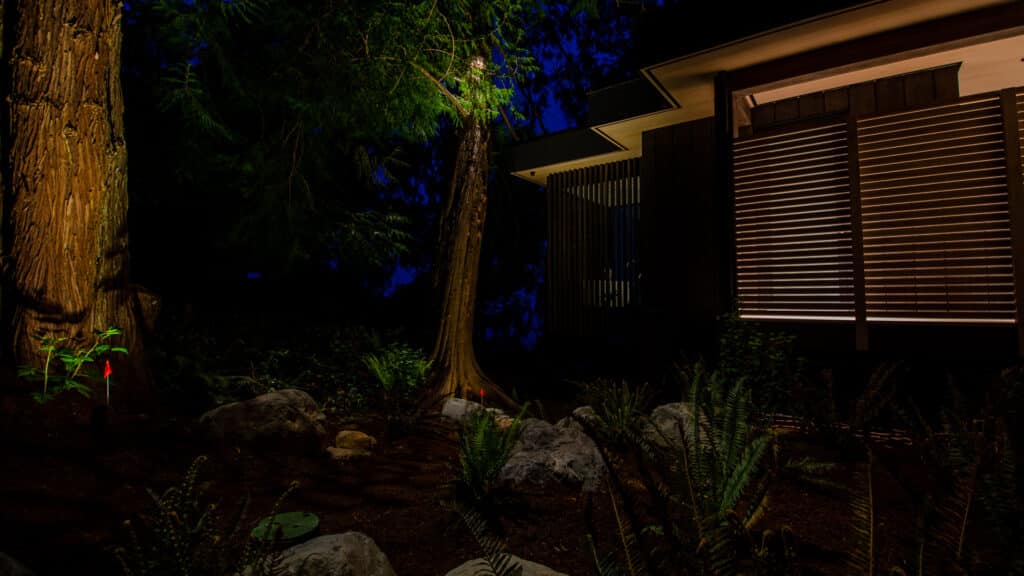
As the sun sinks beneath the horizon, the need to illuminate our landscapes becomes evident. Landscape lighting is more than a simple utility. It’s an art that combines aesthetics, safety, and functionality. Proper landscape lighting creates a magnificent nighttime ambience, highlights the beauty of your home’s outdoor features, and enhances safety and security. Four popular techniques – moonlighting, uplighting, backlighting, and cross-lighting – are widely used in landscape lighting design. Let’s dive in and illuminate these techniques in more detail.
Moonlighting
Moonlighting is a sublime technique that mimics the ethereal glow of the moon. This method involves positioning lights high in trees, facing downward, to create a natural and diffused light. The light filters through the branches and leaves, creating a beautiful, dappled effect on the landscape below.
Moonlighting can create a sense of tranquility and soft romance in the yard. This effect is often used in gardens and outdoor spaces where a subtle and natural aesthetic is desired. It’s important to use soft, low-intensity bulbs to avoid harsh illumination and maintain the illusion of
Uplighting
In contrast to moonlighting, uplighting involves placing the lights low and directing them upwards. This technique accentuates statues, tree trunks, architectural features, and other vertical elements in the landscape, adding depth and drama to the scene.
Uplighting works beautifully to illuminate the underside of tree canopies, making it ideal for highlighting unique tree structures or enhancing the texture of stone and brick facades. Keep in mind that the strength of the light should be proportionate to the size and texture of the feature being illuminated to avoid an overpowering glare.
Backlighting
Backlighting, also known as silhouette lighting, is used to create dramatic silhouettes against the backdrop of the night sky. This technique involves placing a light source behind the object you want to highlight, facing towards an adjacent surface, such as a wall. The object placed between the light and the wall creates a dark outline or silhouette.
This technique is excellent for showcasing intricate shapes or forms. It creates an aura of mystery and intrigue, adding a cinematic quality to the garden or landscape. It’s essential, however, to carefully control the spill of light to maintain the intended silhouette effect.
Cross Lighting
Cross lighting is a dynamic lighting technique that adds dimension and depth to the landscape. It involves placing two or more lights on either side of an object, illuminating it from multiple angles. This approach can highlight the texture and intricacy of the subject, revealing its form in full detail.
Cross lighting can bring garden sculptures, architectural details, or large trees to life, making these features the focal point. It can also create intriguing shadow patterns, adding complexity and interest to the nighttime landscape. While employing this technique, careful positioning of the lights is crucial to ensure balanced illumination without creating overly harsh shadows.
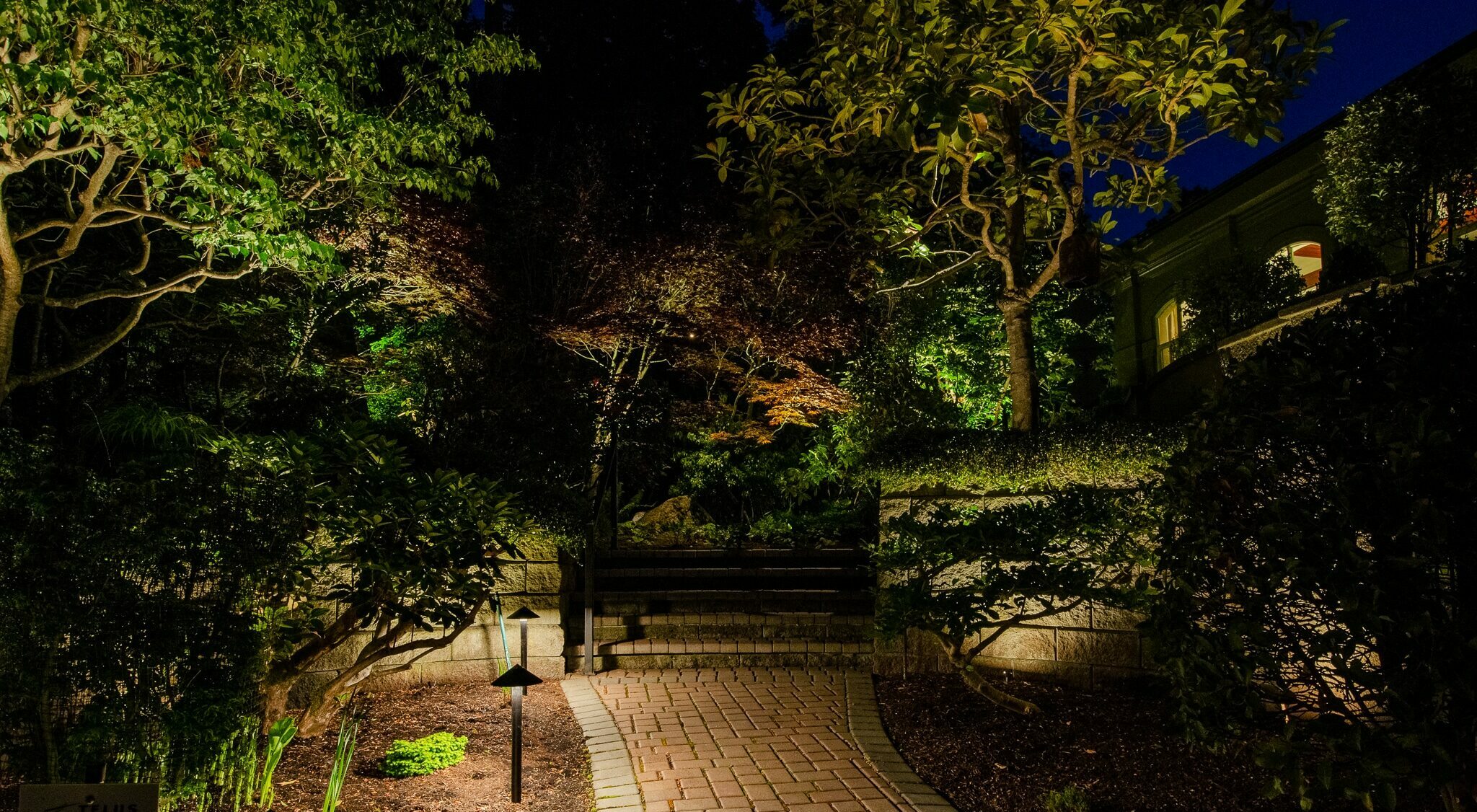
In conclusion, landscape lighting is a powerful tool in your exterior design arsenal. Whether you choose the tranquil glow of moonlighting, the drama of uplighting, the mystery of backlighting, or the depth of cross-lighting, each technique offers unique possibilities. Ultimately, the best landscape lighting design will blend these techniques in a way that honors the unique characteristics of your property, enhancing its nocturnal beauty and functionality.
Remember, lighting is more than a design choice; it’s an invitation to experience your outdoor space in a whole new light. Choose wisely, experiment, and let the beauty of your landscape shine bright, even when the sun goes down.
Share:
Related Posts
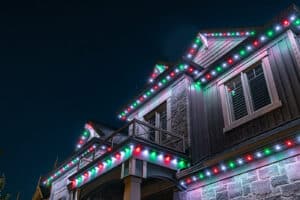
Light Right Outdoor Lighting Welcomes Celebright to Our Family!
Light Right Outdoor Lighting Welcomes Celebright to Our Family!
Celebright isn’t your average lighting; it’s the future of home illumination. These aren’t just lights; they’re smart, fully customizable LED marvels
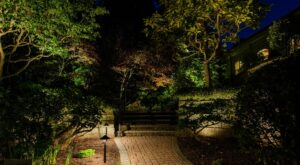
Tips to increase your property’s value
Cross lighting, a dynamic lighting technique, adds depth and dimension to your landscape by illuminating an object from multiple angles. Placing two or more lights on either side of a
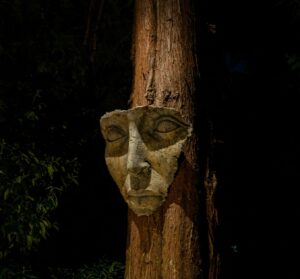
Key Techniques in Landscape Lighting
Cross lighting, a dynamic lighting technique, adds depth and dimension to your landscape by illuminating an object from multiple angles. Placing two or more lights on either side of a
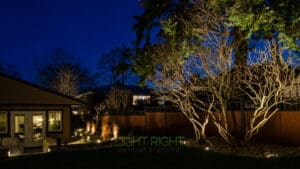
Illuminating Excellence: Why Landscape Lighting Maintenance Plans Matter
Why Landscape Lighting Maintenance Plans Matter Outdoor landscape lighting adds a touch of elegance and functionality to any property. It accentuates the beauty of your home or business, improves safety
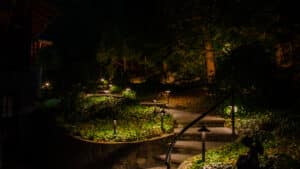
A few reasons to invest in Landscape Lighting
As the owner of a premium landscape lighting company in Victoria, BC, I have seen the transformative power of landscape lighting firsthand. Not only does it bring beauty and functionality









